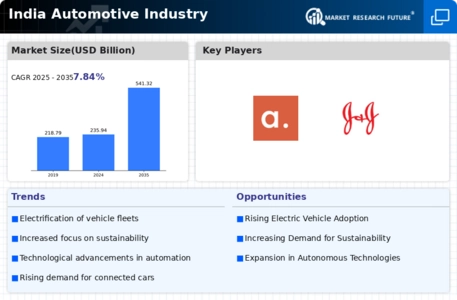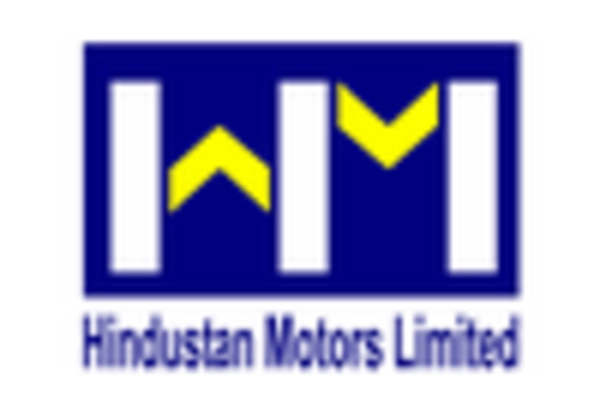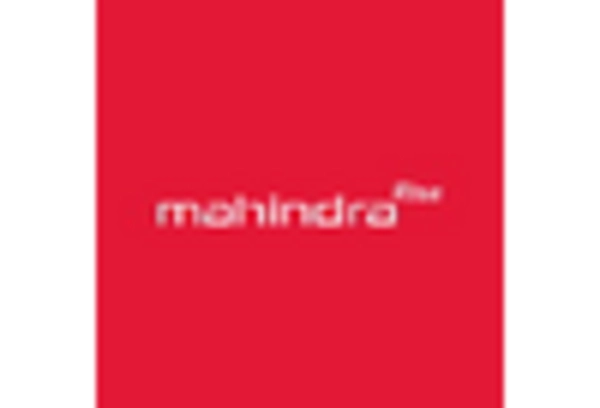Market Trends
Introduction
As we delve into the Indian auto industry in 2025, it is important to recognize the macro-economic factors that are influencing the market trends. Technological innovations, especially in electric vehicles (EVs) and connected mobility solutions, are reshaping consumer preferences. Regulations aimed at reducing emissions and improving safety standards are compelling automakers to change their business strategies and invest in sustainable growth. The demand for smarter, more efficient vehicles is reshaping the competitive landscape. These trends are crucial for the industry’s growth, as they not only reflect the changing dynamics of the market, but also offer strategic opportunities for differentiation and growth.
Top Trends
-
Electrification of Vehicles
The Indian automobile industry is fast moving towards electric vehicles (EVs), spurred on by the Faster Adoption and Manufacturing of Hybrid and Electric Vehicles (FAME) scheme. The government is aiming for a 30% EV share in the country’s vehicle market by 2025. The Tata and Mahindra groups, among others, have already begun expanding their EV portfolios. This move is expected to significantly reduce the country’s dependence on fossil fuels and reduce emissions. The expansion of a charging station network will further facilitate the transition. -
Connected Vehicles and IoT Integration
The integration of the Internet of Things (IoT) into vehicles is changing the face of the Indian automobile industry. By 2025, more than half of the new vehicles will be connected and will enhance the experience of the driver and the owner with real-time data and analysis. The likes of Hyundai and BMW are at the forefront of this trend with their advanced telematics and in-car entertainment systems. Vehicles will be safer and maintenance costs will be reduced, all of which will enhance the bottom line. -
Sustainability and Green Manufacturing
A new thrust in the Indian automobile industry is the green movement. Almost all the car manufacturers have pledged to be carbon-neutral by the year 2030. As for Hero MotoCorp, it has already reduced its wastage by more than a third. It has also adopted eco-friendly manufacturing processes. The government, too, is encouraging the industry to go green by encouraging and incentivizing green technology. In the long run, it is expected that the industry will benefit from a reputation for green technology. -
Rise of Autonomous Vehicles
The development of the unmanned vehicles is gaining ground in India, with several companies investing in the R & D. It is expected that by 2025, semi-autonomous features will be a part of the standard equipment in many new models, which will be a result of the development of artificial intelligence and machine learning. These new features will reduce the number of accidents and improve road safety. The government is also preparing the framework for the introduction of these new features. This trend will also radically change the mobility in the cities and the public transport system. -
Shift Towards Two-Wheelers and Micro-Mobility
The demand for two-wheelers and micro-mobility is growing in urban areas, mainly due to rising fuel prices and traffic congestion. By 2025, two-wheeler sales are expected to rise to more than 40 percent of the total. Bajaj Auto and TVS Motor Company are the two-wheeler leaders. The manufacturers are responding to the need for innovation in design and fuel economy, and also the need for affordable mobility in congested cities. -
Digital Transformation in Sales and Service
The world of car sales and service is undergoing digital transformation. Increasingly, the purchase and maintenance of cars is done through digital platforms. By 2025, it is expected that more than half of consumers will prefer to deal with the company digitally. This has led to a strong digital push by the car industry. It is backed up by the industry and government, which are working to increase digital literacy. Dealers are hoping to reduce costs and improve customer experience. -
Focus on Safety Features and Regulations
The Indian automobile industry is undergoing a radical change. The government is imposing tougher regulations. By 2025, all new cars are expected to meet the most advanced safety standards, including airbags and anti-lock braking systems. These safety features will not only protect consumers, they will also enhance brand trust. This trend will increase competition, with a focus on safety innovation. -
Growth of Ride-Sharing and Mobility Services
OVER THE PAST YEARS, the market for on-demand transport has grown phenomenally in India, led by Ola and Uber. By 2025, it is estimated that up to 20 per cent of the vehicles on the road will be used for shared mobility. This trend is reshaping consumer behaviour. More and more people are choosing shared services over ownership. For car manufacturers, this means a shift in production strategies, and a focus on vehicles designed for shared use. -
Enhanced Focus on Aftermarket Services
As the number of vehicles in India increases, the after-sales services sector is gaining importance. It is expected to grow significantly by 2025, primarily driven by the need for maintenance and repairs. Companies are investing in after-sales service centres and digital platforms to enhance customer engagement. It will lead to higher revenue and newer business opportunities for automobile companies and greater customer satisfaction. -
Integration of Advanced Driver Assistance Systems (ADAS)
A tendency is growing towards the introduction of ADAS. Many manufacturers are putting this technology into their cars. By 2025, it is expected that ADAS will be installed in more than a quarter of all new cars. ADAS will enhance both the safety and the driving experience. Mercedes-Benz and Honda are at the forefront of this trend, which is supported by the government. It is expected that the introduction of ADAS will lead to a reduction in accidents and in the costs of insurance.
Conclusion: Navigating India's Automotive Landscape in 2025
Competition in the Indian automobile industry is characterized by rapid change and fragmentation. There are two types of players in the industry. The older ones are relying on brand equity and established distribution network. The new ones are relying on innovation and customer centricity. The trends in the industry are towards electric vehicles and sustainable practices. This has forced the players to change their strategies. Artificial intelligence and automation are gaining importance in the industry. The players need to make the necessary investments to meet the ever-changing demands of the consumers.

















Leave a Comment